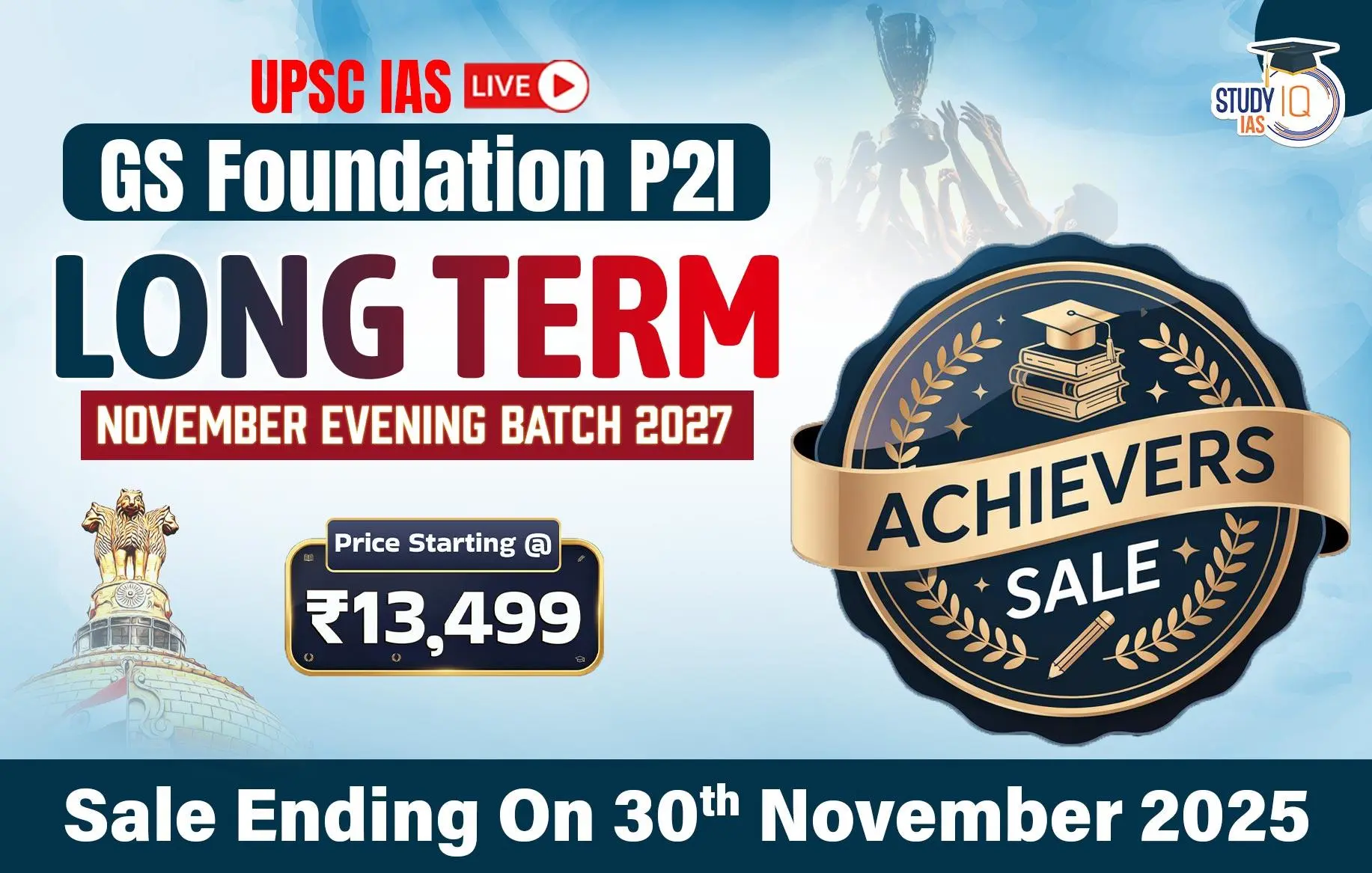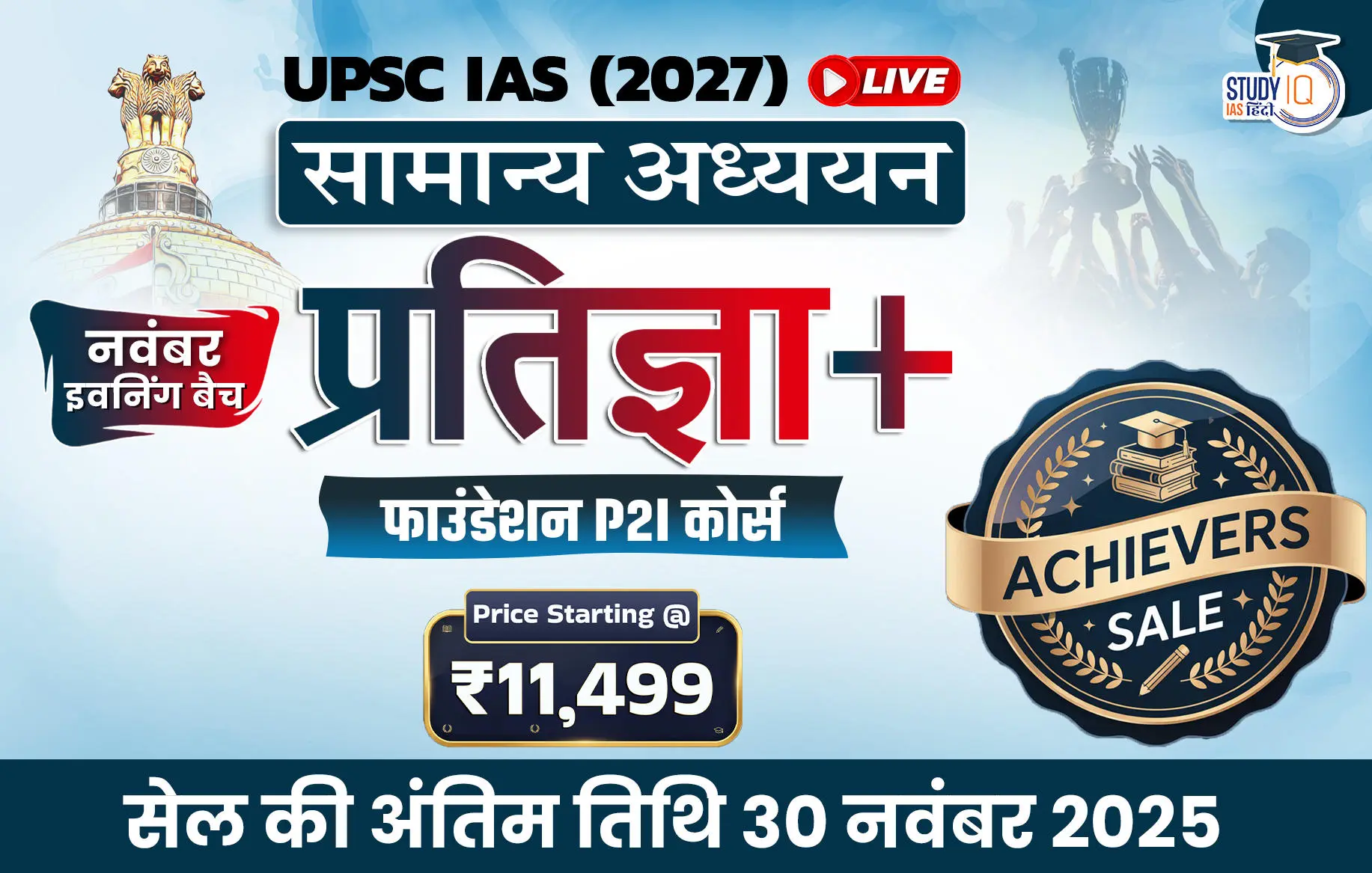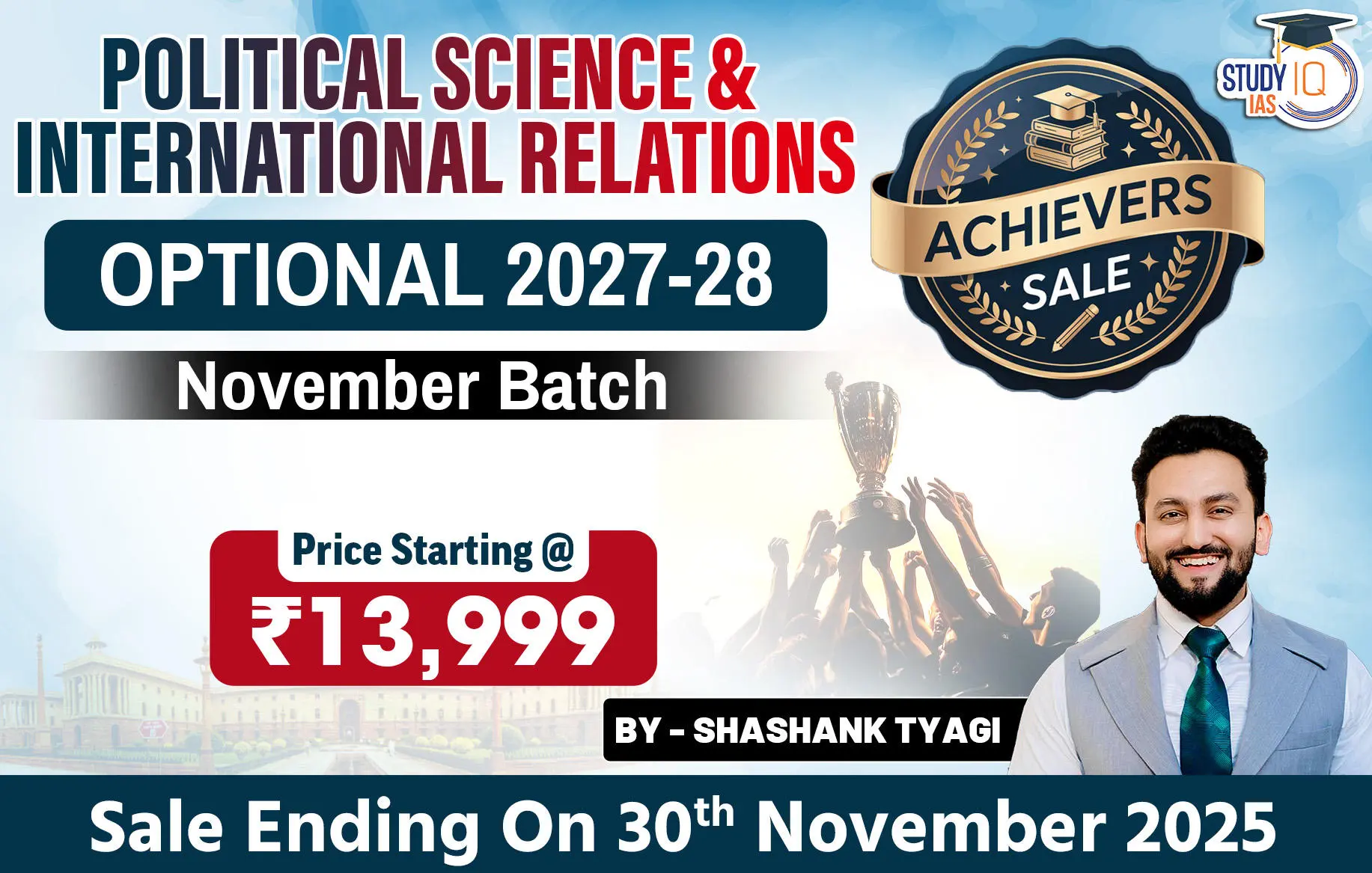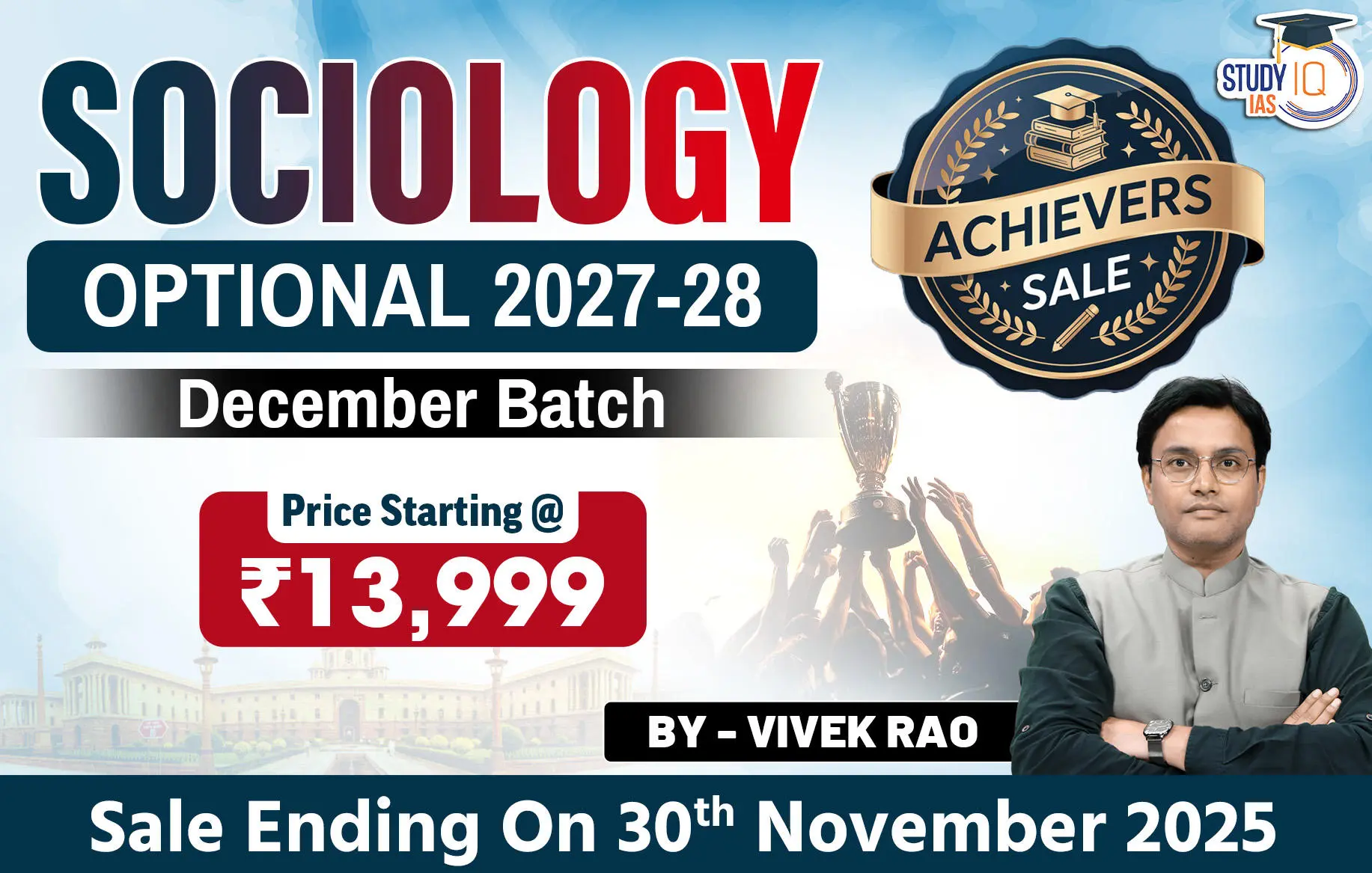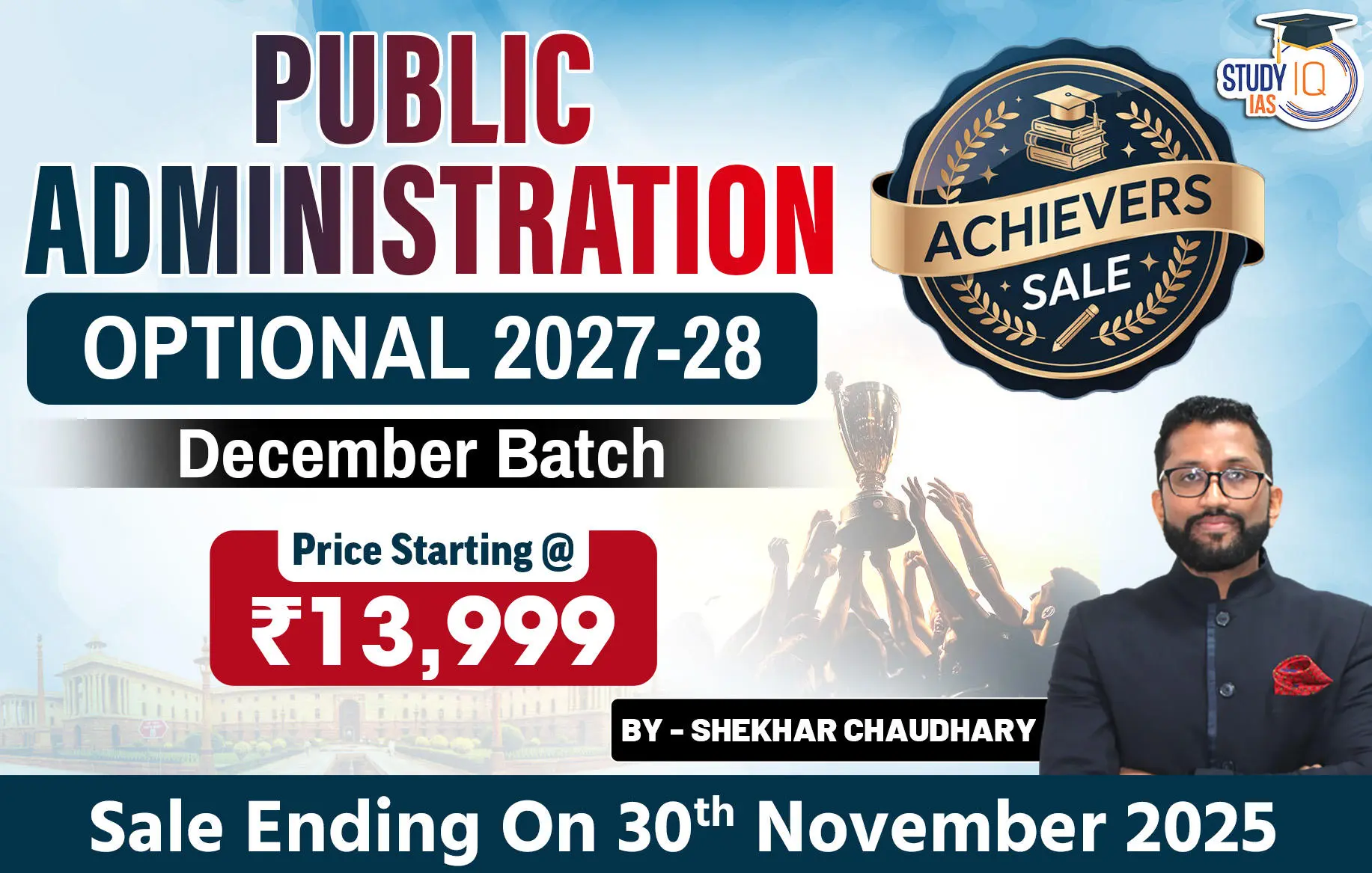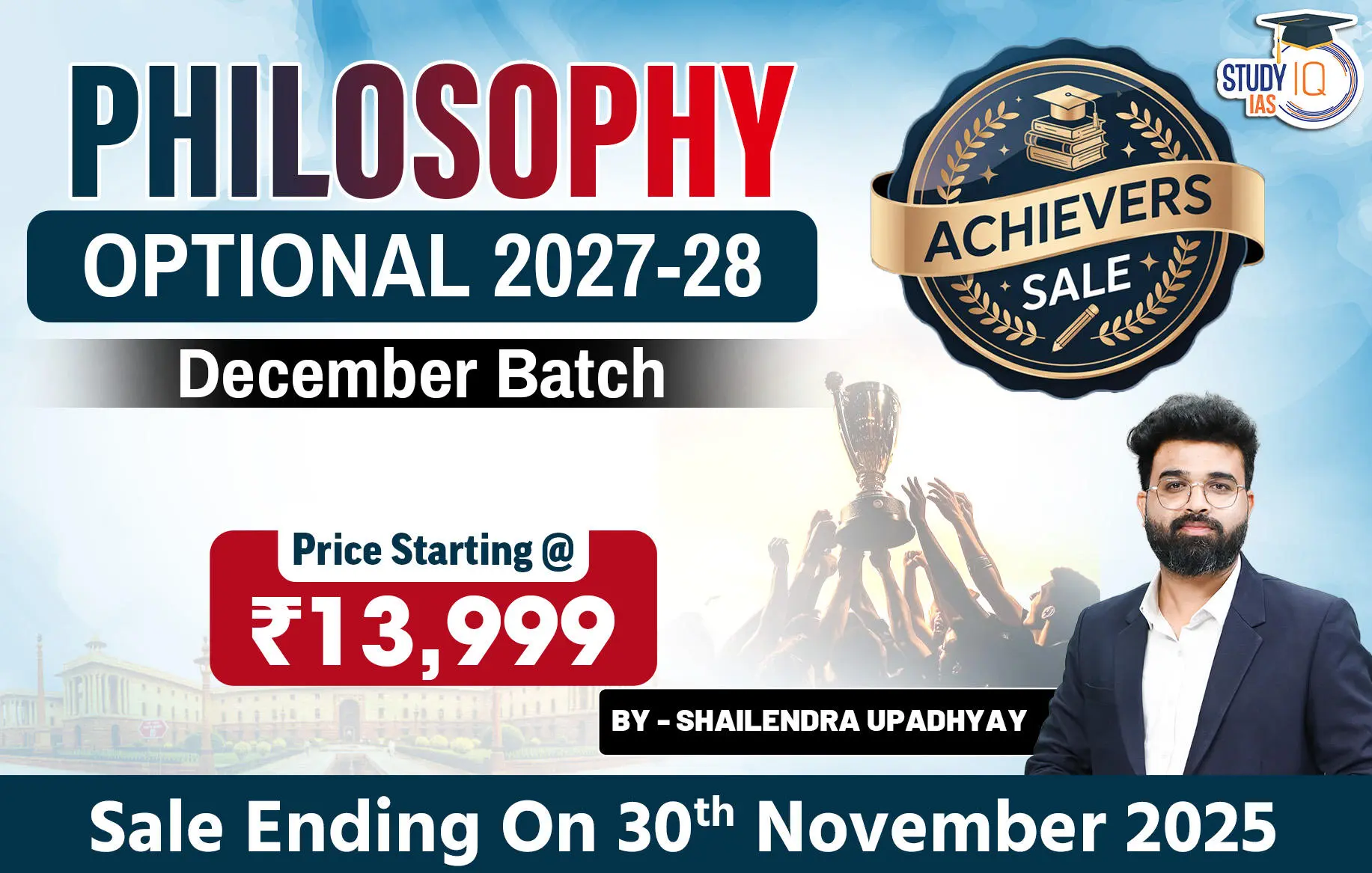Q12. Indian Constitution has conferred the amending power on the ordinary legislative institutions with a few procedural hurdles. In view of this statement, examine the procedural and substantive limitations on the amending power of the Parliament to change the Constitution. (15 Marks, 250 Words)
| Approach: Begin by explaining how the Constitution follows a middle path between rigid and flexible amendment procedures. Then, outline the procedural limits under Article 368 such as special majority and state ratification. Next, highlight the substantive limits evolved through judicial interpretation, especially the Basic Structure doctrine. Finally, conclude by showing how this calibrated system maintains a balance between continuity and change, preserving constitutional identity while allowing necessary adaptation. |
Model Answer
The framers of the Constitution chose a middle path neither as rigid as the U.S. model nor as flexible as the British one. Under Article 368, Parliament holds the power to amend, but this is subject to procedural hurdles and substantive limits ensuring that amendments do not undermine Constitutional morality.
Constitutional Provisions to amend the constitution:
- Constituent Power of Parliament (Art. 368(1)): Parliament may amend by addition, variation or repeal of any provision.
- Initiation of Amendment (Art. 368(2)): Amendment Bill can be introduced only in either House of Parliament.
- Special Majority Requirement (Art. 368(2)): Must be passed in each House by:
- Majority of total membership of that House, and
- Majority of two-thirds present and voting.
- President’s Assent (Art. 368(2)): Bill is presented to the President → he/she must give assent (no veto).
- State Ratification Needed (Proviso to Art. 368(2)): For certain provisions, ratification by at least ½ of state legislatures required:
Procedural Limitations
- Special Majority Requirement – Certain provisions require a special majority.
- E.g, Constitution (86th Amendment) Act, 2002 – Made education a Fundamental Right (Article 21A).
- Ratification by States – Amendments affecting the federal structure need ratification by at least half of the states.
- E.g, 101st (GST) or 42nd Amendment required both special majority + ratification by states.
- No Role of President beyond Assent – While the President must give assent, he/she has no discretion; the role remains formal.
- No Role for Referendum – Unlike some constitutions, people have no direct say in constitutional amendments.
- Pre-legislative Scrutiny – Constitutional Amendment Bills are often referred to Standing Committees or Select Committees for detailed examination, though not mandatory.
Substantive Limitations
Although Article 368 does not explicitly limit Parliament, the judiciary has evolved substantive constraints:
- Basic Structure Doctrine – In Kesavananda Bharati v. State of Kerala (1973), SC held that Parliament cannot alter the basic structure. Ex. The NJAC Constitutional Amendment was overturned by the SC on the grounds of interference with Judicial independence.
- Protection of Fundamental Rights – Amendments cannot abrogate the essence of Part III, as reaffirmed in Minerva Mills v. Union of India (1980).
- Judicial Review – Even constitutional amendments are subject to review under Article 13, as clarified in I.R. Coelho v. State of Tamil Nadu (2007).
- Federal Spirit – Parliament cannot convert India into a unitary system, since federalism is part of the basic structure.
- Separation of Powers – Attempts to curtail judicial independence (NJAC case, 2015) have been struck down as unconstitutional.
The amending power under Article 368 balances flexibility with safeguards—procedural hurdles check hasty changes, while substantive limits protect the Constitution’s core, ensuring both continuity and change in line with the constitutional framers’ vision.

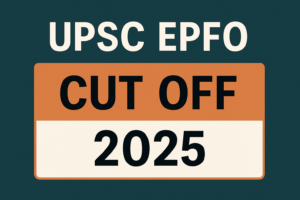 UPSC EPFO Cut Off 2025 (Expected): Categ...
UPSC EPFO Cut Off 2025 (Expected): Categ...
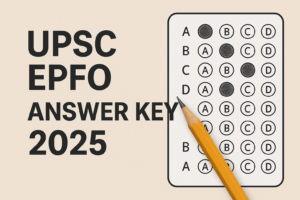 UPSC EPFO Answer Key 2025 Out (Unofficia...
UPSC EPFO Answer Key 2025 Out (Unofficia...
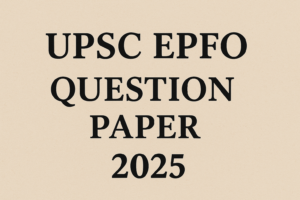 UPSC EPFO Question Paper 2025 PDF Downlo...
UPSC EPFO Question Paper 2025 PDF Downlo...

